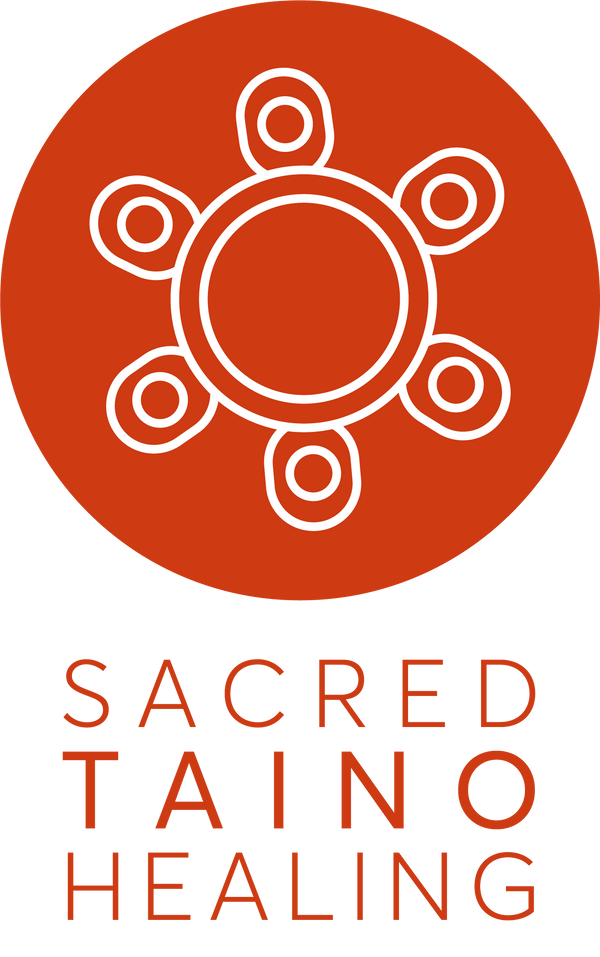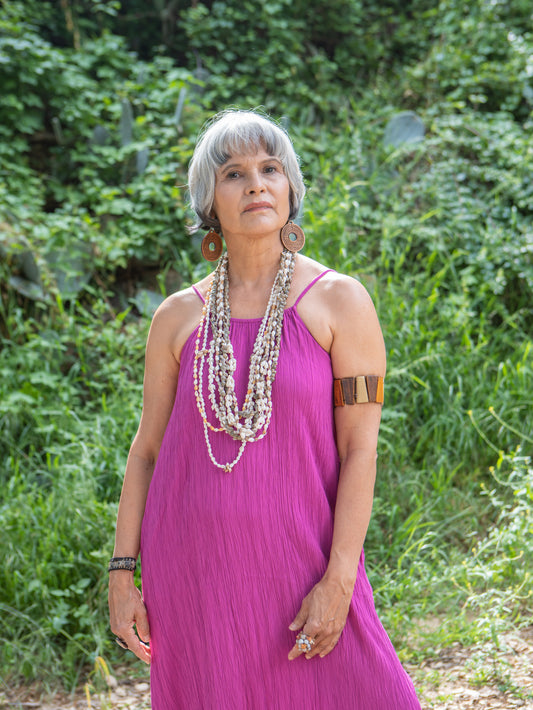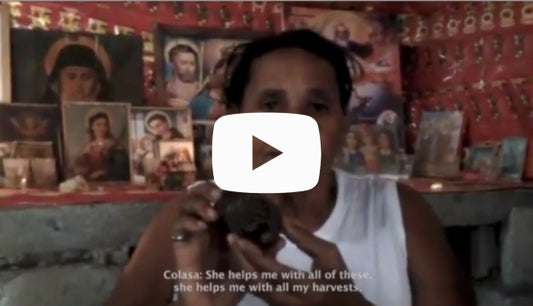
Back in the seventies, Bayahibe was still a fisherman's village. The houses were clapboard painted in tropical colors and lined up on sandy alleys. The women were experts at decorating them with flowering plants, some planted in big cans of tomato paste or cooking oil, and others just in the sand.
The village had three beaches, two of which sheltered the fishermen's boats. One belonged to my Tio Pablito, a strong man who regularly went barefoot and had the waves of the sea carved in the wrinkles of his face.
In the mornings, you could hear the gentle waves reaching the shore and the men getting ready to go fishing. They dragged the nets to their boats and returned home to look for water, food, and the battery-powered radio that would accompany them on the trip. They tuned in to stations from Higüey, La Romana, or Puerto Rico to listen to music and the news.
When the men left, the village was inhabited by women, children, and the elderly. The women cleaned, washed clothes in a nearby spring, and prepared food. Children and young people spent the day on the beach. The older ones cared for the little ones, who simultaneously learned to walk, swim, and skin-dive. They foraged for magpie shells on the beach reefs, dug up clams in the sand, and dove for conch fish. When they were done, they headed to the shore to prepare the conch and magpie shells. With rudimentary knives, they made an opening in the snails to remove the mollusks. On the way home, they deposited the shells in a cemetery, an ancient mound of who knows how many centuries old. The older shells were faded and dull from the sea. They took the catch to their homes and to Dalila, a two-spirit man who made the best lambí empanadas in the village.
The women and children approached the beach in the afternoon to spot the men's boats. They searched for them on the horizon with their hands over their eyes to protect themselves from the sun and have a better view. Every day, the men and their families had a date at the same time on the shore of the beach. The caravan of boats could be seen in the distance, their oars rushing towards the coast. Arriving at the beach, the women and children helped raise the boats to the sand and looked out curiously to see the day's catch. Everyone participated in cleaning the fish and throwing the waste on the beach where schools of fish came to feed. The families took the catch to their homes and kept part of it for sale in a large refrigerator in a bodega.
Before nightfall, the people of the village left their houses with towels on their shoulders and soap in hand. It was bath time, and a path strewn with the Bayahibe Rose ushered them to the springs. There were two, the Batea, where women, small children, and girls bathed; they played and complained about the shrimps stinging their legs. The other spring was that of Death—named that because a man had drowned there during a storm. The men and boys bathed there. This spring was closer to the sea, and it was so big that the boys, "panqueaban," a traditional water fight, and dived jumping from the mangroves' branches.
The bath was a moment of recreation for the village's families. From there, they returned happily to their homes to prepare dinner. Every night they ate fish, shellfish, or river crabs, accompanied by roots or rice. A plastic tablecloth covered the plank tables, with the light of a gas lamp illuminating their food and faces. Before going to sleep, they would make themselves comfortable in the hammocks of the enrramá– a sort of shaded patio– make jokes, tell riddles, and spin tales of ghosts... or take a walk on the beach to count the stars in hopes of seeing a fleeting one on which to make a wish.
––––––––––––––––
This story evokes some of the Taino practices inherited from generation to generation in eastern Kiskeya. The fishing of mollusks: conch fish and magpie shell, the collection of clams, the daily fishing of men in the open sea, fish as everyday food, the use of the enrramá and hammocks, and bathing in the spring.
Sending love your way, my dear community,
Akutu Irka


